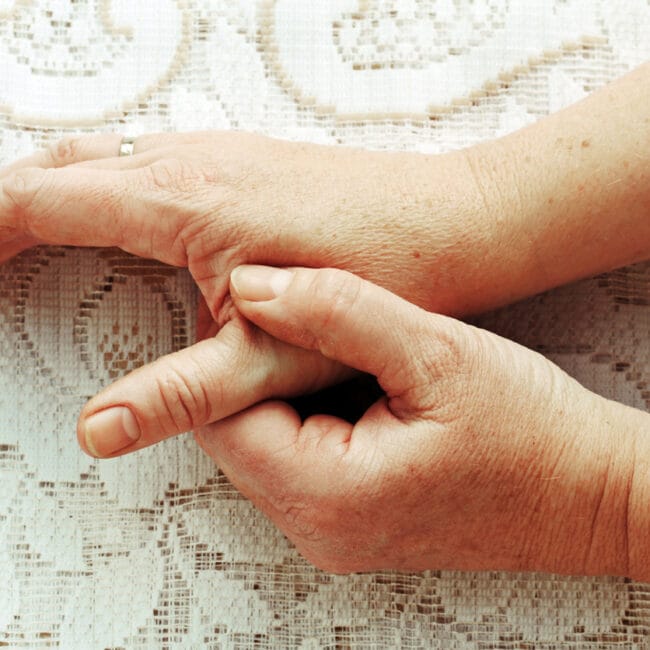In Part 6 of our Winter Running Blog, our chartered Physiotherapist from Limerick, Rob Hanley discuses Barefoot Running.
Barefoot running which has seen an explosion in interest in recent years.
Poor Technique Leads to….
If you have seen my previous entries you will know that the average 10 and a half stone runner puts 60-90 tonnes of force through each leg for every mile he/she runs *. This is a phenomenal amount of load to endure, which, with poor technique, can quickly lead to a variety of conditions ranging from shin splints and knee pain to the more serious stress fractures of the foot bones (metatarsals), shin bone (tibia) and long term wear and tear such as osteoarthritis. I see this happening to recreational and competitive runners in clinic every week.
Up to 80% of joggers run with poor technique, favouring to land on their heels, as opposed to, the flat or ball of their foot or “forefoot” **. This puts unnecessary stress on the foot, knee, hip and body in general and, in time, leads to repetitive strain injuries. Barefoot running can be a great tool in improving technique as it encourages the runner to land on their forefoot, thus helping to disapate some of the forces involved . The idea is simple, run in your bare feet on grass or hard sand. If you do indeed heel strike when you run, this will be sore on your heels after a few strides and encourage you onto your forefoot to avoid the pain. You still need to focus on landing on your forefoot to accomplish this though and it takes a long time to get proficient at it (For more see here)
Barefoot Running
Barefoot running is just the tip of the iceberg in terms of techniques you need to be mindful of when running. I suggest, you read my previous entries “Am I running as well as I can?” and “Chi Running” if you have not already done so.
So we know, forefoot running is good and that barefoot running helps promote this but why not run barefoot all the time? One major reason is injury to the forefoot. Barefoot running is great for technique training, but landing on the small bones of your feet, particularly if running on hard surfaces such as roads or concrete, can cause bruising and/or cuts to the sole of the foot from stones or unseen glass. Bruising in particular can be a problem, as if they don’t heal fully between runs, can lead on to metatarsal stress fractures (see right). These are very painful, will have you off the road for 4-6 weeks and can cause longterm damage to your foot.
Barefoot runners such as vibrams (pictured left) can be a great help in allowing you to barefoot run while at the same time giving some protection to the sole of the foot from cuts and bruising. However, I still see patients who wear these and still get stress fractures.
So what is the best thing to do? I recommend that one should intersperse short barefoot runs into their training regime as technique training. This is combined with cross training, core and flexibility training which I will cover in the following entries. With concentration, this running technique helps you get used to forefoot striking so when you do your proper runs in your running shoes your technique will be improved. It gives you the best of both worlds – the technique of barefoot running combined with the support and control of a traditional running shoe.
References
*Clancy, W.G. Runner’s injuries. Am J.Sports Med. 8:137-144, 1980
**Chan, C.W. and A. Rudins. Foot Biomechanics during walking and running. Mayo Clinic Proc 69:448-461, 1994










